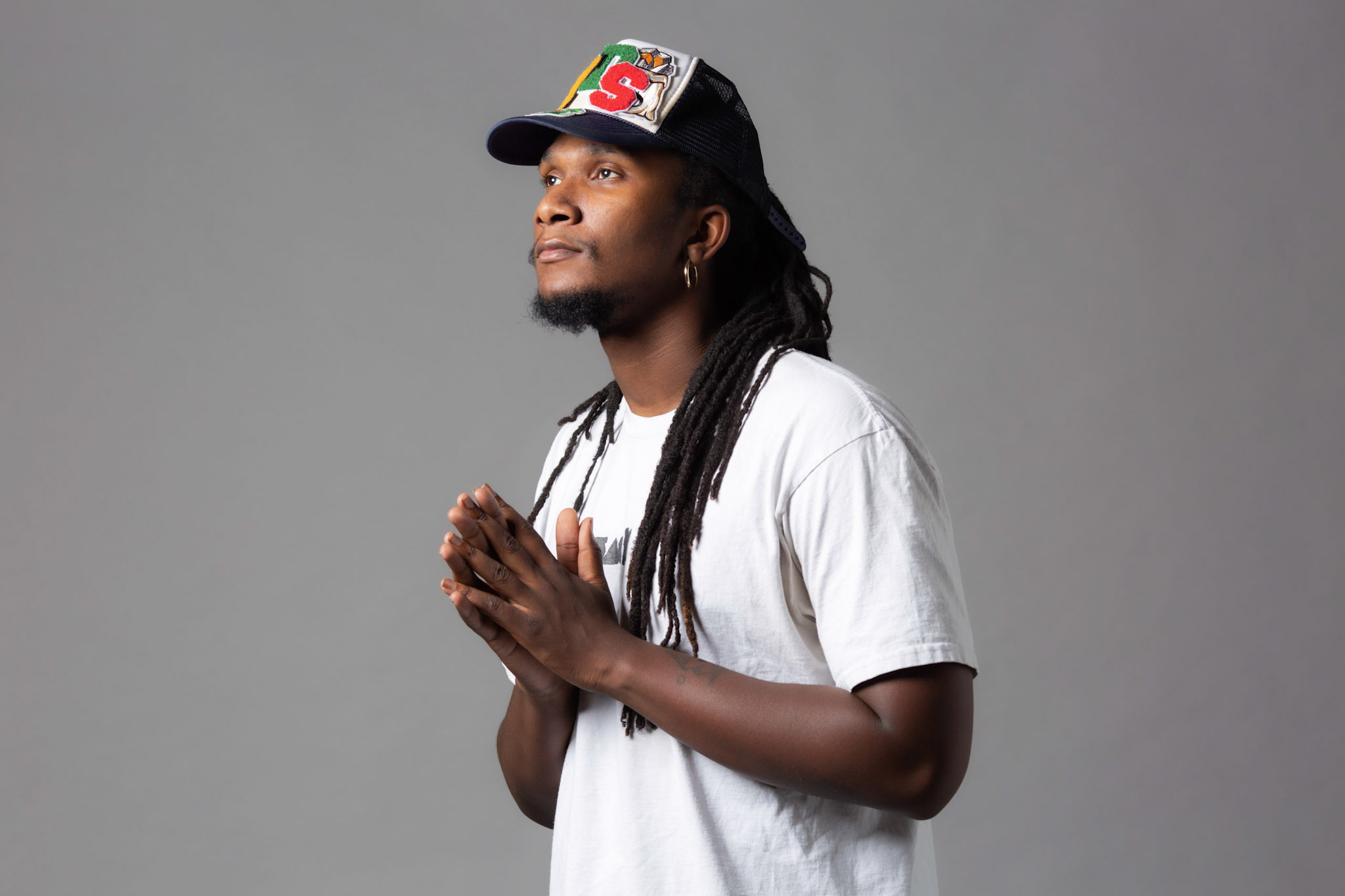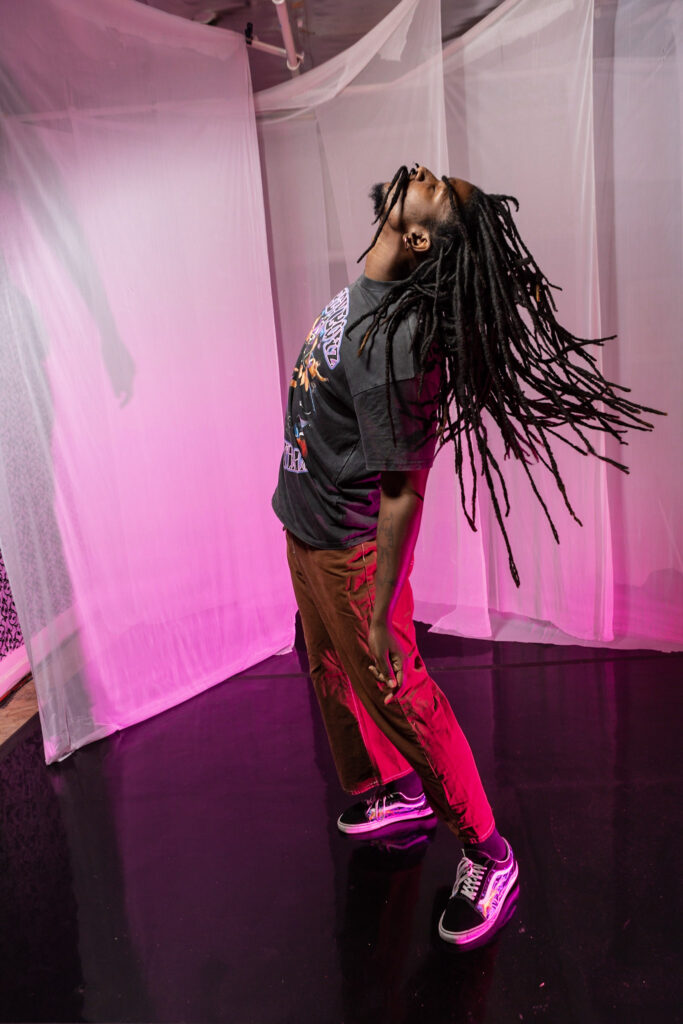
Dancers often find motivation in the desire to master a specific skill, like a high, powerful jump, multiple turns, or a tricky lift. But in all the hard work it takes to achieve these goals, it can be easy for students to lose sight of the tiny pieces that make up each big step—and the power that smaller movements can have.

“There are small movements even in the biggest of movements,” says Cecily Campbell, assistant rehearsal director and dancer with the Trisha Brown Dance Company. “No matter what you’re teaching, we’re also hoping to share a sense of attention to detail in the whole body, so that even in big, complex movements there’s also really intimate knowledge of the small action in the foot that is happening, or the focus in the eyes—and that any one of these elements is super-important to the whole.”
Small movements are a vessel for artistry, and a tool for deeper understanding of technique and choreography. They’re incredibly valuable in and of themselves, but they’re also the building blocks of each larger step. Teaching your students to find the potential in these tiny movements can help them succeed in myriad ways.
Zoom In, Zoom Out
When teaching dancers how to work with small movements, Campbell, who has taught master classes and workshops across the globe, recommends starting with isolating the specific movement or body part. Trisha Brown’s 1973 work Group Primary Accumulation is a good example, she says.

“It begins lying on the floor—the very first movement is just to bend at the right elbow and the right fingertips float up toward the ceiling,” she explains. “You’re working on isolating that movement, making it absolutely simple and pure.”
After working on isolation, Campbell recommends encouraging students to widen their focus, paying attention to how these micromovements affect the entire body.
“We’re also thinking about feeling the weight of the pelvis on the floor, feeling the whole back of the head wide and resting onto the floor, breathing up and down, and the length of your spine,” Campbell says, continuing with her Group Primary Accumulation example. “There are these things that feel invisible, but even inside this small gesture, the entire body is participating.”
Create an Encouraging Atmosphere
Working with small movements takes patience, says Saleh “Robozilla” Simpson, a Los Angeles–based dancer and teacher who specializes in animation, a style of hip hop that uses micromovements to create a stop-motion effect. Because this skill takes time, Simpson stresses the importance of creating a positive classroom environment where students feel comfortable working at their own pace.

“I try to make sure that, mentally, the students feel more positive about the effects of dance in their body,” he says. “I just make sure, for their future, that they can really feel good about what they’re doing and not really feel like they’re struggling all the time.”
In terms of developing patience, Simpson says that taking the time to investigate the “how” and “why” behind the steps has allowed him to open himself up to each movement’s choreographic and artistic potential. Campbell adds that encouraging students to investigate the small motions they make in their daily lives can be a good exercise in developing the patience and curiosity they can bring into the studio.
Emphasize the Benefits
For some dancers, working with small movements might not feel as exciting as practicing larger steps. Highlight the ways studying small movements can have big payoffs—like understanding the foundations of larger ones, developing a deeper connection with the choreography, and providing a new tool to enhance artistry.
For Simpson, the small movements composing animation are an incredible tool for digging into character. In addition to the micromovements that make up the choreography, he also focuses on things like facial expression and the use of stillness when he’s dancing.
“That detail will get the people who are watching to really understand what you’re doing and to really see the full story you’re trying to convey,” he says.
“It can be just as exciting, and moving, and powerful to see a dancer make one small, subtle movement,” Campbell adds. “That can be just as electrifying as seeing someone do a giant grand jeté.”





